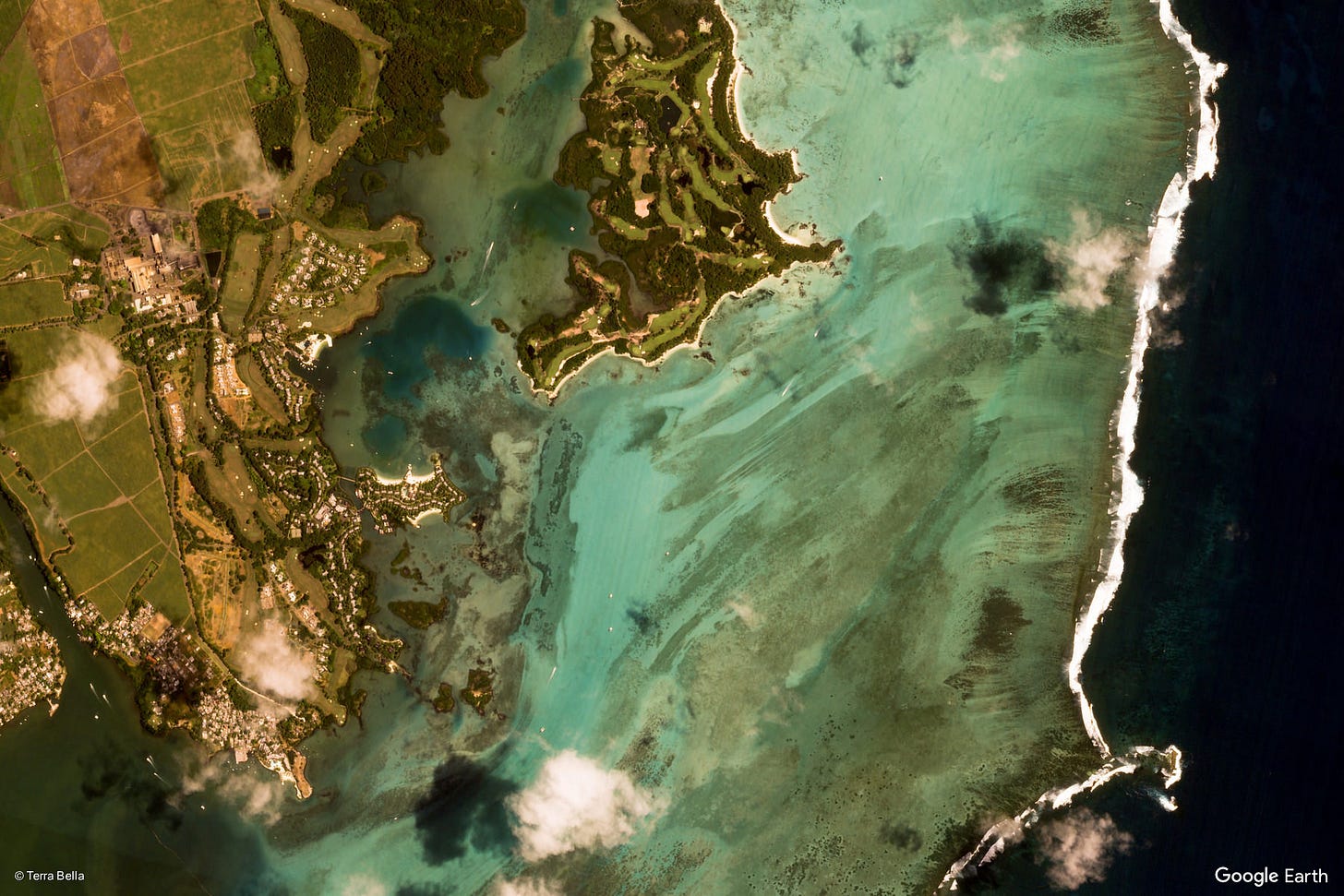Cloud Formations | Issue #4

I’ve been spending a lot of time looking up at the sky lately, watching for changes in the air quality, and appreciating days when it’s a little better. Smoke from fires in the West has been slowly filtering into our little valley—thankfully not to the same extent as photos from earlier this month in San Francisco and other places along the Pacific coast. My heart hurts for these devasted natural places, and for the people and wildlife that have been affected.
Beyond that though, my recent preoccupaton with the sky got me thinking . . . how often do we intentionally look at the sky anymore?
Unless we are nervous about the weather, it seems as adults it’s easy to go days without mindfully paying attention to the sky. As a child, I would spend long car rides looking up at the clouds, looking for recognizable shapes and watching as they drifted in and out of focus.
In reflecting on the sky and on clouds, I realized that the last time I had learned about cloud formations was 2nd grade. I’d forgotten the individual characteristics and names of different cloud formations since then — so I figured now was a great time to return to them.
Cloud Formations
In last week’s issue about place-based education, I wrote that “when trees have names, the world becomes a little more knowable and somehow a little friendlier.” I think the same goes for clouds.
No matter where we go in the world, cloud formations will still be identifiable based on general characteristics — not necessarily the same for other matters of the natural world. This is a great reminder of our connection to the global water cycle.
Those of us whose livelihoods are not affected by changes in weather patterns may be losing the ability or the interest in identifying something as simple as the type of cloud in the sky above our heads, or what it may signify. Just like plant blindness can lead to the under-appreciation of plants, perhaps cloud-blindness can lead to an under-appreciation of clouds, weather, and maybe even the impact that we as humans are having on weather patterns overall.
The below graph is a great starting place for re-learning the names of cloud formations for those of you who, like me, have forgotten since 2nd grade. Take a peek at it, then go outside and see if you can find one of them. Or challenge yourself to name a formation you see in a photo. Then do the same tomorrow, and the next day. And if you want to learn more, here is a resource for children that I found to be really helpful (as an adult) that goes more in depth about clouds and other meteorological concepts.
Over time, intentionally naming clouds will help us more mindfully notice and appreciate especially unique or beautiful shapes, and find awe in the seemingly mundane.

For a printable version, follow this link to the UK Met Office website. Or if you want to get even more specific categories, visit this page from the National Weather Service.
For those of us seeing blue skies after days of smoke, I can’t think of a simpler act of gratitude than by giving a name to the newly visible and wonderfully normal clouds above our homes. The practice of placefulness is a practice of gratitude and opens us up to all that we have to be thankful for — even something as simple as knowing cloud formations by name, or by the whimsical shapes they make as they pass overhead.
With love,
Emily
Writing Prompt: Spend five to ten minutes this week doing nothing but looking at the clouds. Write down the type of formations you see first, then make a list of every shape you can find in them — animals, objects, places, what’s up there today?
If it feels kind of silly, at least you only spent 5 minutes looking at the sky and not doomscrolling through Twitter . . .
Listening/reading/watching/noticing this week…
Just purchased my first bird guide, Sibley Birds West*, and Garrett and I are excited to take it on its inaugural camping trip this weekend
The trees are looking crisp, leaves are beginning to fall, and the autumnal equinox has passed! I was feeling especially festive this week, so I looked up “black cats orange leaves” on Pinterest and was not disappointed
Not much else considering I took some time off to see my sister this week!
Book I’m currently reading: Braiding Sweetgrass, by Robin Wall Kimmerer*
*Any books I mention in this section of my newsletter end up on my online Bookshop shelf. I may earn a commission from any books purchased through these links, at no additional cost to you.
COVID-19 has taken away that somewhat ethically ambiguous practice of double-dipping into a bowl of guacamole, but it hasn’t taken away your ability to share something else — my newsletter! Right now, Placeful’s best chance at growth is through word-of-mouth, email, or social media, so please, do not share the guacamole and do share my newsletter with your pals.
To find this post and other posts from Placeful on the web, click here. Also, if this newsletter is still ending up in your Promotions tab on Gmail, remember that you can click and drag it into your Primary inbox to reroute it for next week!



